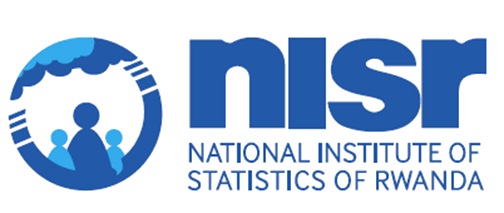At least 38% households in urban areas have internet access compared to 12% in rural areas. Mobile phones are the most common used modes of accessing internet at home (96%) followed by modems (4%).
Households not owning an ICT device may still use public ICT services such as public internet service facilities and public phones. Only 1% of households use public internet facilities in Rwanda (regularly and often).
TABLE: Percentage of HH with internet access at home, and types of internet connection
% of HH with internet access at home | Types of internet connectivity | ||||
Mobile phone | Landline/ LAN | Modem | Wireless | ||
17.2 | 95.8 | 0.1 | 3.8 | 0.3 | |
| Kigali City | 39.1 | 93.5 | 0.0 | 5.9 | 0.6 |
| Southern | 11.7 | 95.8 | 0.2 | 3.8 | 0.2 |
| Western | 14.1 | 98.5 | 0.2 | 1.2 | 0.0 |
| Northern | 13.0 | 96.4 | 0.0 | 3.6 | 0.0 |
| Eastern | 14.4 | 97.1 | 0.0 | 2.7 | 0.2 |
| Urban | 38.1 | 92.5 | 0.0 | 6.9 | 0.6 |
| Rural | 12.2 | 98.3 | 0.1 | 1.5 | 0.1 |
The highest usage rate is found in Kigali City (2.5%) compared to other provinces; this continuous reduction in the use of public internet facilities might be explained by the increased use of private internet sources observed from the data.
The user satisfaction level is very high across the country among the households using public internet services. 91% of households are satisfied with their nearest internet services.
Household ownership of ICT devices has increased significantly between EICV4 and EICV5. 67% of households own at least one mobile phone, 74% own a radio, 10% own a TV set and 3% own a computer.
Overall, 17% of the households have access to internet at home in 2016/17, this has almost doubled at the national level from 9% of the households since the last survey in 2013/14.
